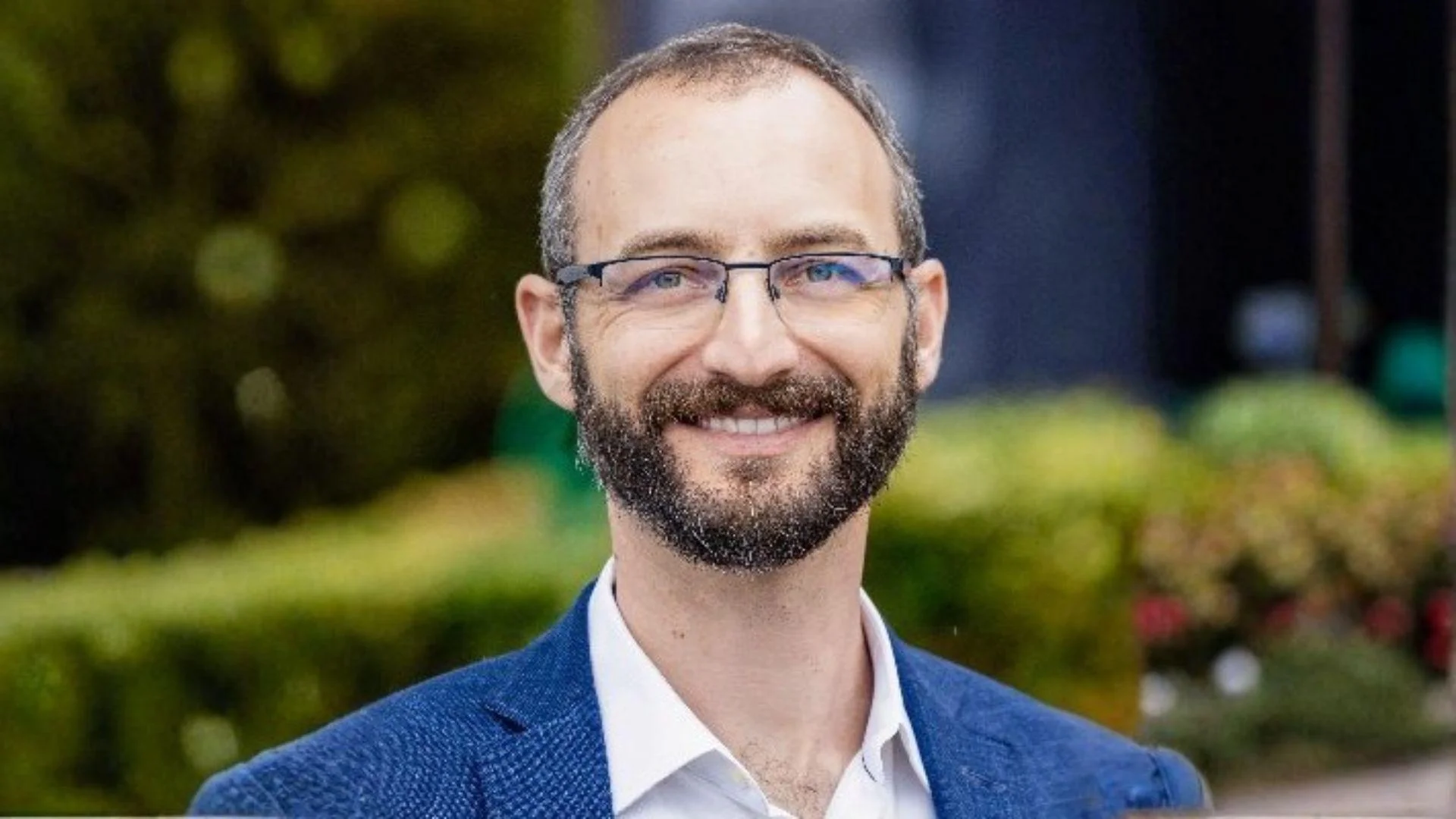Eiger announces advancements in exendin 9-39 program

Included in the program’s advancements are the interim results of an ongoing Phase 2 multiple-ascending dose (MAD) trial designed to assess subcutaneous (SC) exendin 9-39. The study involves patients who have post-bariatric surgery that suffer from extremely low levels of postprandial blood glucose, also known as PBH.
"We have previously demonstrated positive proof of concept results in two separate single-day dosing studies at Stanford, first using an intravenous infusion and more recently using a subcutaneous injection, that exendin 9-39 can prevent hypoglycemia in post-bariatric surgical patients during an oral glucose tolerance test (OGTT)," Stanford University School of Medicine Clinical Assistant Professor of Medicine and Principal Investigator Dr. Marilyn Tan said. "We are encouraged by interim results of the ongoing MAD study with SC exendin 9-39, dosing up to 3 days with desired activity and tolerability in the dosing range. Exendin 9-39 represents the first potential targeted therapy for patients suffering from PBH, a significant unmet medical need."
The MAD study was designed to assess the effectiveness, safety and pharmacokinetics of SC exendin 9-39 in multiple ascending doses.










 Alerts Sign-up
Alerts Sign-up